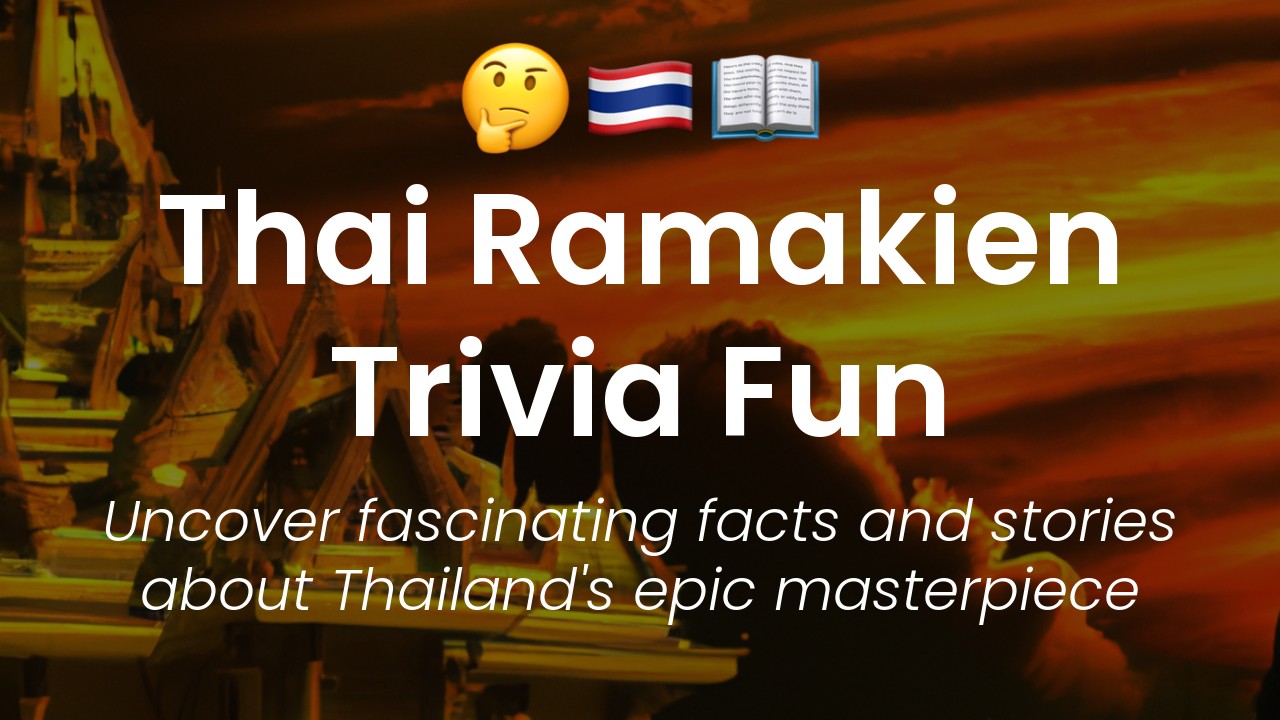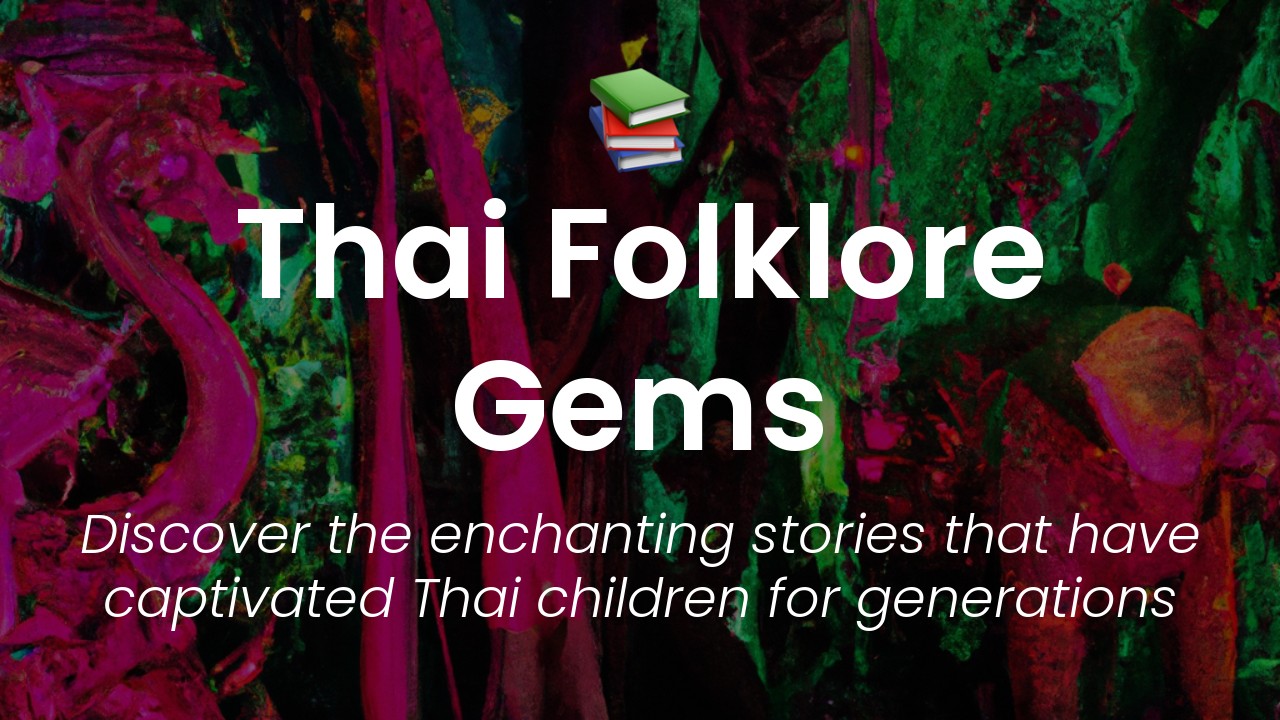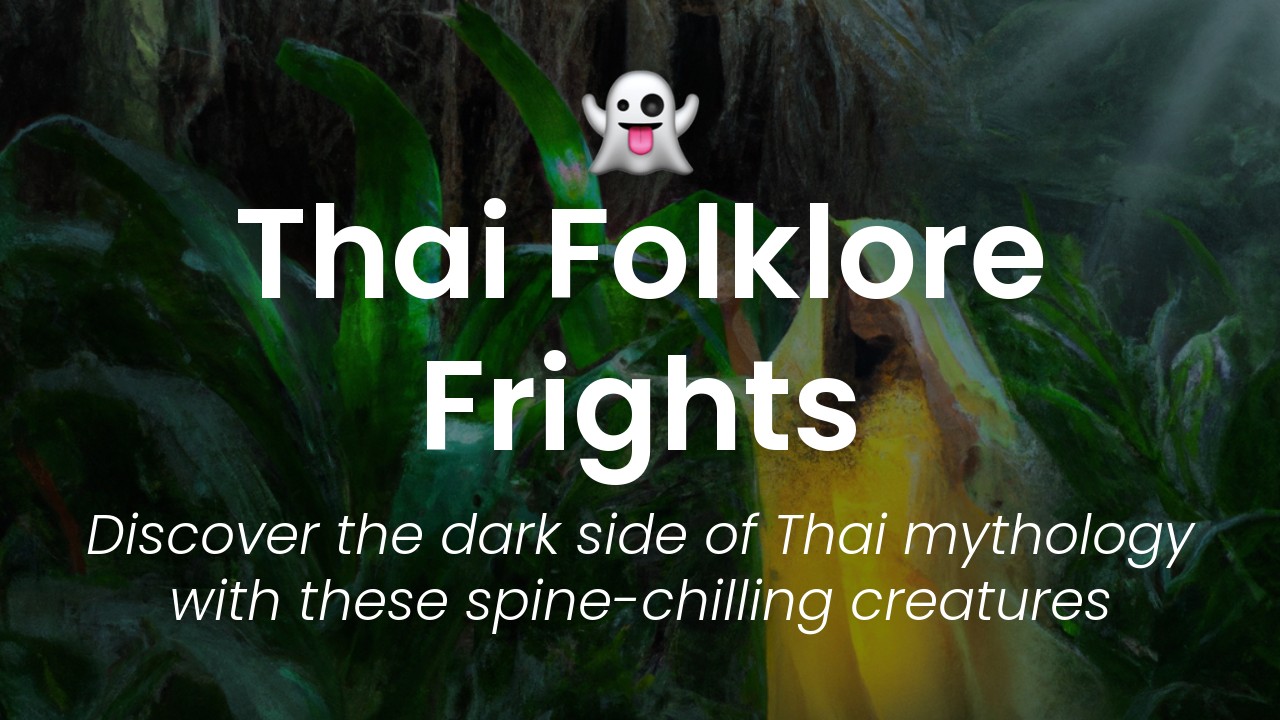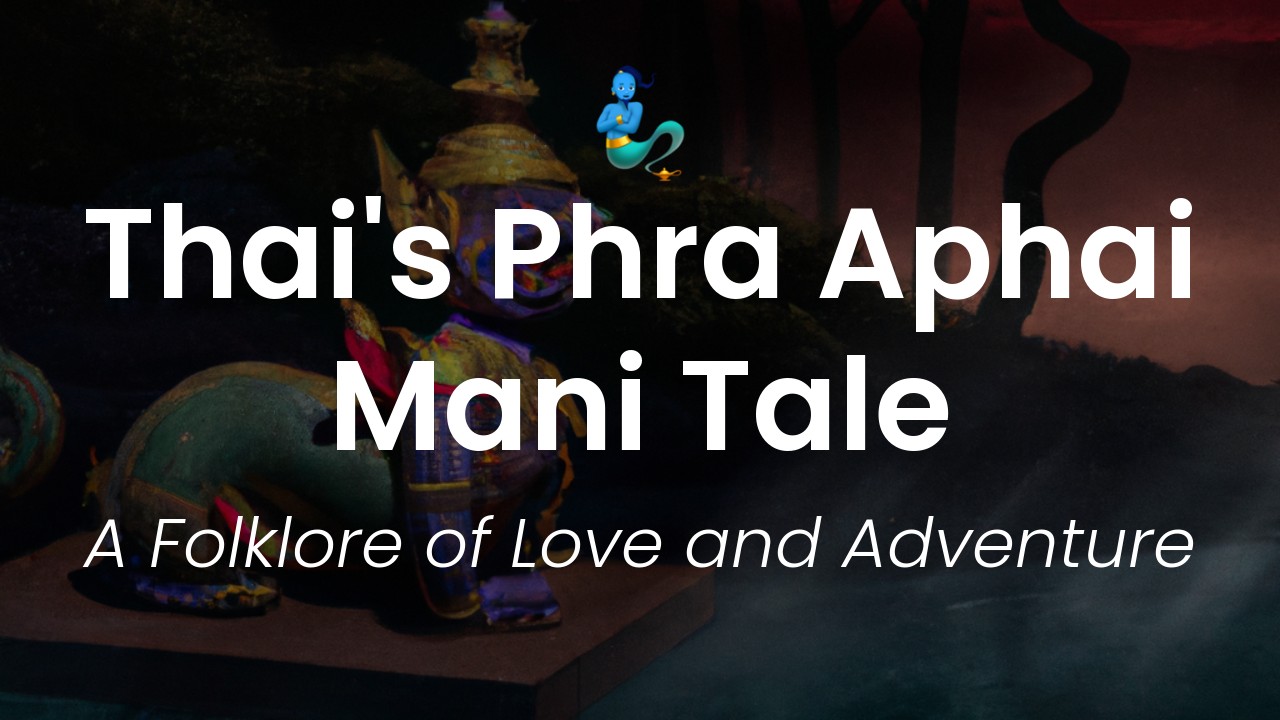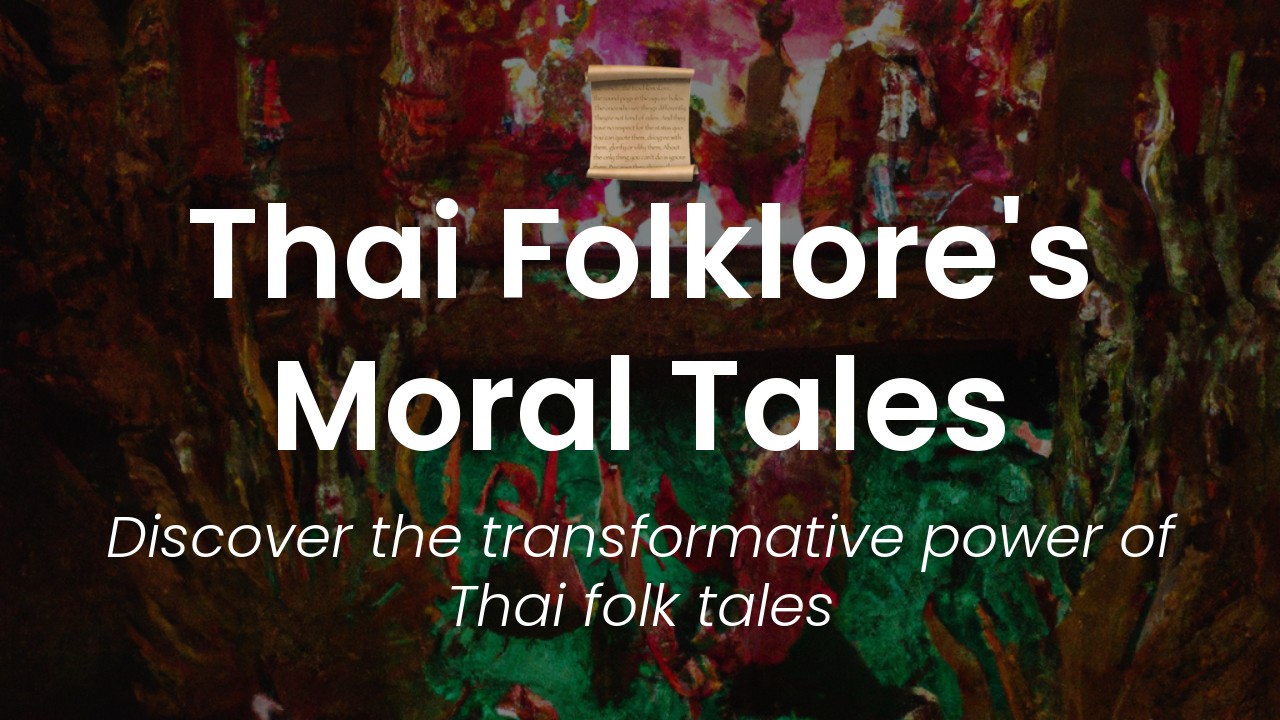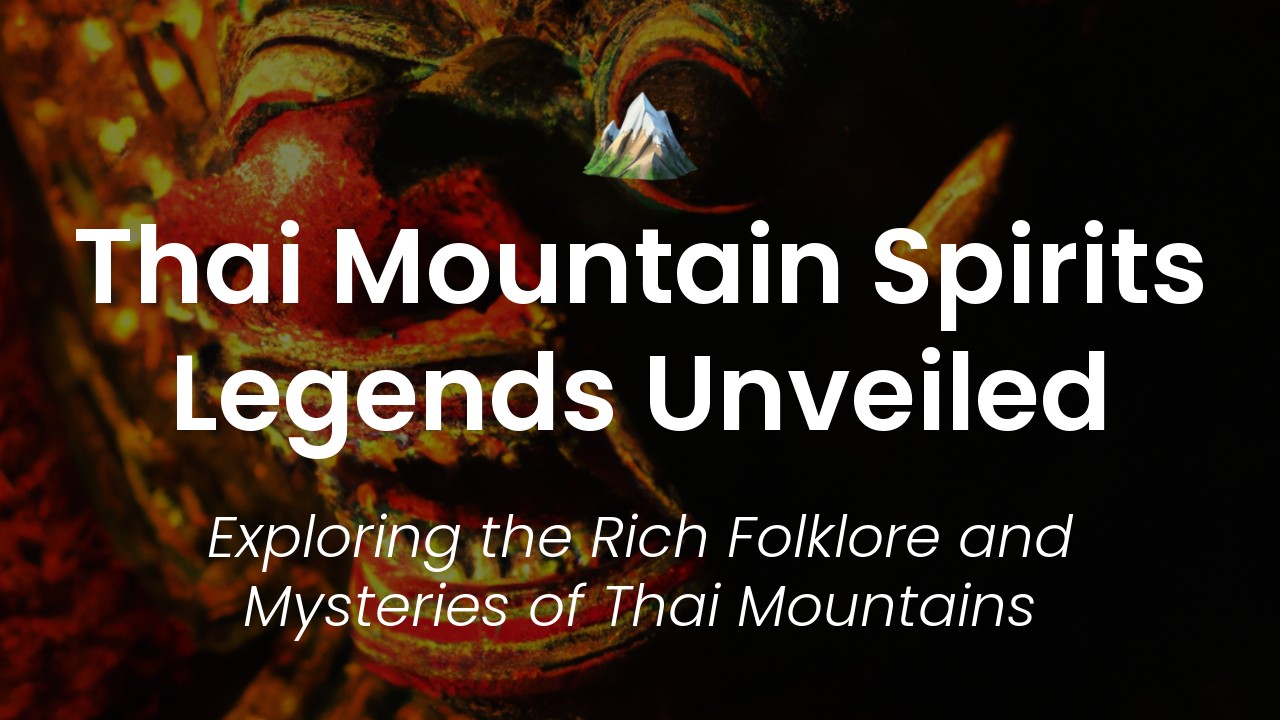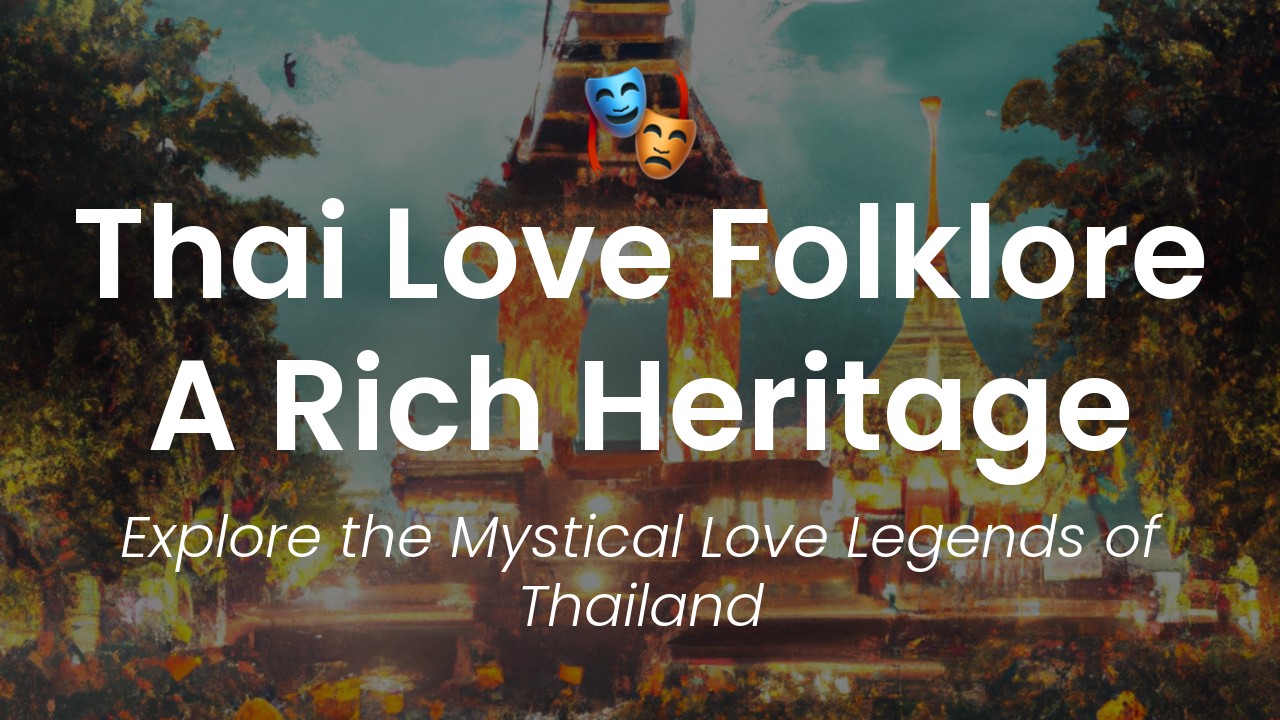As a Thai national, there is nothing that fascinates me more than our rich cultural heritage. Our vibrant festivals, stunning landscapes, unique cuisine, and magnificent temples are all a testimony to our deep-rooted traditions. However, today I want to share with you an exciting aspect of our culture that often goes unnoticed – the Thai Ramakien.
Ramakien is Thailand's national epic, as famous and important to the Thai people as Homer's Iliad was to the ancient Greeks or Ramayana to the Hindus. The tale of Ramakien recounts the heroic journey of Prince Rama to rescue his wife Sita who has been kidnapped by the demon king, Totsakan. This 24,000-line poem carries with it a profound message that is still relevant today – of the triumph of good over evil, perseverance, and love.
But what's entertaining about this age-old myth, you may ask? Plenty! From funny anecdotes to fascinating trivia, the Thai Ramakien presents a feast of information that will leave you amazed. From pop culture references to the subtle nuances of Thai humor, my aim is to keep it relevant and entertaining. In this blog post, I'll be taking you on a journey through some of the most fascinating and surprising aspects of the Thai Ramakien that will leave you enchanted by this age-old tale. So fasten your seatbelts, and let's dive in!
Characters and Their Roles
Ramakien, which means the Glory of Rama, is one of the most famous and beloved stories in Thai culture. It is Thailand's national epic and has been passed down from generation to generation for centuries. The story's origins lie in the Indian epic Ramayana, and it has been adapted countless times to suit Thai culture.
Like its Indian counterpart, the Thai version of the story centers around the hero Rama; however, the Thai version has its unique twists and intriguing twists. The most significant difference is that while Rama is the son of King Dasaratha in the Indian version, he is the son of King Tosarot in the Thai adaptation.
Rama's wife, Sita, is known as Janaka's daughter, while his devoted companion Hanuman is called Phra Chao Sua. Ravana, the main villain in the Indian version, is known as Tosakan in the Thai edition, and he is depicted with ten heads and twenty arms.
Unique Traits of Major Characters
Aside from their names, Ramakien's main characters have several unique qualities that set them apart from their Indian counterparts. For starters, Rama is noticeably more aggressive and decisive in the Thai version, a trait that is also common in Thai male heroes of the time.
Sita's noble qualities are accentuated in the Thai version, making her the archetype for the ideal Thai woman. She is pure, kind, and obedient, and she immediately becomes the object of Rama's affection.
The monkey god Hanuman is another interesting character in the Thai version. Like in India, Hanuman is fiercely loyal to Rama and helps him defeat Tosakan. However, he also has an interesting love story in the Thai adaptation. Hanuman falls in love with a mermaid named Suvannamaccha and helps Rama to find her in return for the promise of her hand in marriage.
Interesting Trivia
Apart from the unique character traits, several interesting trivia surround the Thai adaptation of Ramakien. For instance, did you know that the original version of the story was written on the back of long leaves or ola leaves? The leaves were then bound together to create a book known as a sa or dok champa.
Another fascinating fact is that Ramakien inspired the artwork of several famous Thai temples. The most famous of these is the Wat Phra Kaew or the Temple of the Emerald Buddha in Bangkok, which features extensive murals depicting scenes from the epic.
Not only has Ramakien inspired art, but it has also influenced other forms of popular culture in Thailand, including television dramas, movies, and stage productions.
Importance in Thai History and Culture
Ramakien has played an essential role in Thai history and culture. It has been used to promote nationalism and unity, and it has also served as a tool for propaganda by various ruling regimes. In addition, Ramakien has helped shape the Thai art and literature scenes.
Perhaps the most evident role played by Ramakien in Thai culture is its use to depict the struggle between good and evil. As with most narratives celebrating heroism, Ramakien has become synonymous with the struggle for justice and morality.

